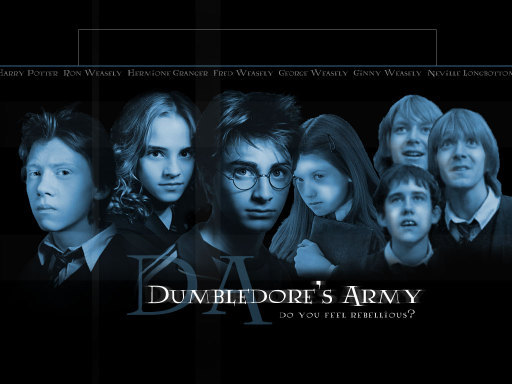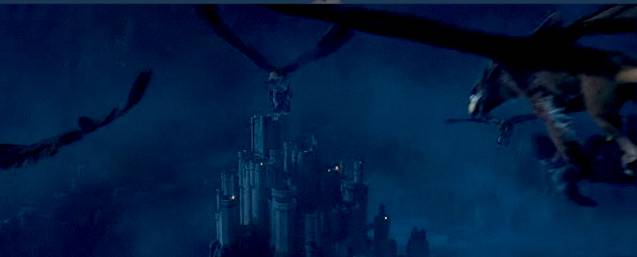Starving Artist as a Career Choice
By: Noelle M. Pruitt
Teacher: Marsha MacLeod
Date: March 21, 2007
“Art is the study of various creative visual ways to express human thoughts, interests, attitudes, emotions, and ideas” (32). This is how Paul Phifer describes art, but there are many different ways of describing art and the artist. Becoming a successful fine artist is difficult, secondary training is recommended, money is scarce most of the time, one must constantly be thinking up new, original ideas, the job outlook is bleak, and the hours can be long, but a successful artist can command the respect of more than just a few people.
There are several effective ways to begin the road to becoming a successful artist. “Many colleges and universities offer programs leading to a bachelor or master’s degree in fine art,” states the U. S. Bureau of Labor Statistics, but you can also obtain knowledge and a degree in fine arts by going to an independent school of art and design. “Schools of art . . .also offer postsecondary studio training . . . leading to a certificate in specialty or an associates or bachelor’s degree” (U. S. Bureau of Labor Statistics). Art schools tend to focus more on studio work as opposed to colleges that are more academically centered. Another way to start on the road is to study the great masters. “Artist can learn much from other successful artist, especially those whose art has stood the test of time,” Diane Lindsey Reeves declares in her book Career Ideas for Kids who like Art (45). Art masters such as Michelangelo, Van Gogh, Da Vinci, Homer, Cassatt, Monet, Rembrandt, and Picasso are all worth studying thoroughly and in depth.
There are a variety of jobs in the art department. Some of the most popular are cartoonist, illustrators, and sketch artists, but there are many more. Each artist must fall into one of two categories: self-employed or commercially employed. A cartoonist might draw advertising, but most draw political, social, or sports comics. A sketch artist job, according to the Bureau of Labor Statistics, is to “Create likenesses of subjects with pencil, charcoal, or pastels.” Though some sketch artists will sell their work to individual patrons as a pleasure product, most work for law enforcement agencies (such as the police or the FBI) working with victims and witnesses trying to identify suspects. Other sketch artist work with newspapers, magazines, and television stations portraying closed courtroom scenes. “Illustrators typically create pictures for books, magazines, and other publications and for commercial products such as textiles, wrapping paper, stationery, greeting cards and calendars.” The difference between self-employed and commercially employed is that commercial artist must work very hard to meet deadlines, while self-employed artists spend more time trying to establish a good reputation and building a list of interested clients. “63% of artists are self-employed” (U.S Bureau of Labor Statistics).
An artist job outlook changes through the years. The first two years, according to Guide to Your Career, artist have little to none income. These years can be labeled the years of learning. This refers to the fact that during these years artist must gather opinions, study other people’s art, get instruction and try to immerse themselves into the art community, trying to get their names out there. Many artists are still learning their trade in this stage in life and are most likely taking classes or doing workshops. “Five years down the road . . . many artist still experimenting with ways to pay the rent.” This phrase may cause laughs and smiles, but it is so true it’s not even funny. Artists are still honing and experimenting with their art skills. Ten years into their trade, artists could still be experimenting with their techniques. To an artist, time is irrelevant; one must still produce new, original works. Many will feel frustration. More and more people are becoming artists, but the demand for art is not growing. The Bureau of Labor Statistics Occupational Outlook Handbook says this; “Only the most successful artists are able to support themselves solely though the sale of their works. Most artists have at least one other job to support their art career.”
The phrase “starving artist” is humorous because it is often true. “Sometimes artist have to apply some of their creative energy to creating a profitable avenues for their art” (45). When Diane Lindsey Reeves wrote this in her book Art Careers For Kids Who Like Art, she was putting it mildly. “Keen competition is expected for both salaried jobs and freelance work; the number of qualified workers exceed the number of available openings because the arts attract many talented people with creative ability” (CollegeGrad.com). “Median annual earnings of salaried fine artist . . .were $38,060 in May 2004. . . .[T]he lowest 10 percent earned less than $17,390 . . .[T]he highest 10 percent more than $68,860.” The Bureau of Labor Statistics may be blunt about money for commercially employed artist, but its results are even bleaker for self-employed artist. “Earning for self-employed artist vary widely. . . . [M] any . . .find it difficult to rely solely on income from selling paintings. . . . [L] ike other self-employed workers, freelance artist must provide their own benefits.”
Ron DiCianni and Thomas Kinkade share two things in common; they’re both artists and they both use their art to evangelize. Dicianni’s website states that he “has been an illustrator for twenty-five years” and that he has “Dedicated his talents solely to the task of proclaiming the Gospel. His passion is to renew visual artist in the church.” Kinkade is known for the beauty of his paintings. He once told Christianity Today that “I love to create beautiful worlds where light dances and peace reigns. I like to portray a world without a Fall.” Both Kinkade and DiCianni view their artwork as forms of evangelism. The Calvin Institute of Christian Worship probably best explains how art can be an effective evangelism tool. “Art can create identity. Art can define space. Art can dramatize . . . parts of worship. . . . Art can shape movement. Art can mark time. Art can anchor memory.”
Self-discipline, creativity, imagination, perseverance, and concentration are all key characteristics to becoming a successful artist. Self-discipline is important because an artist’s biggest critic should be himself. Creativity and imagination go hand-in-hand and are most likely the biggest weapon for an artist. People are not going to be interested in buying something that looks like everyone else’s work; they want something new and original. Perseverance is major since an artist doesn’t have an easy job trying to get jobs as self-employed or commercially employed. Concentration is also important because many artists work long hours and must be able stay attentive to every detail of his, or her, work.
An artist’s life is riddled with hardship, but successful artists leave their fingerprints through history,Michelangelo, Van Gogh, Homer, Picasso , Vinci, Cassatt, Monet, and Rembrandt went through many trails, as doubtlessly Kinkade and Dicianni did, but history will always remember these artists. They have impacted young people in a world a thousand years away from their own. To think of maybe leaving one’s own fingerprints on history is certainly an inspiring thought.
Work Cited
Bernstein, Alan B. and the editors of the Princeton Review. Guide to Your Career 6th Edition
New York: Random House, Inc., ©2006
Calvin Institute of Christian Worship-Visual Arts in Worship, April 14, 2007
http://www.calvin.edu/worhsip/stories/visual_worship.php
CollegeGrad.com, February 19, 2007
http://www.collegegrad.com/careers/proft2/shtml.
DiCianni, Ron - Biography of Christian Artist Ron DiCianni- Christ-Centered-Art
<http://www.christcenteredmall.com/stores/artdicianni_biography.htm>©1998-2006
Gale, Thomas, “What is Christian Art and What Does it Look Like?”
Christianity Today ©2000
Phifer, Paul, College Majors and Careers
Ferguson, New York ©2003
Reeves, Diane Lindsey, Career Ideas For Kids Who Like Art
New York: Checkmark Books, ©1998
United States. Department of Labor, April 15, 2007

















2 comments:
loooooooonnnnnnngggggggggg post
hehehehe, yeah
Post a Comment